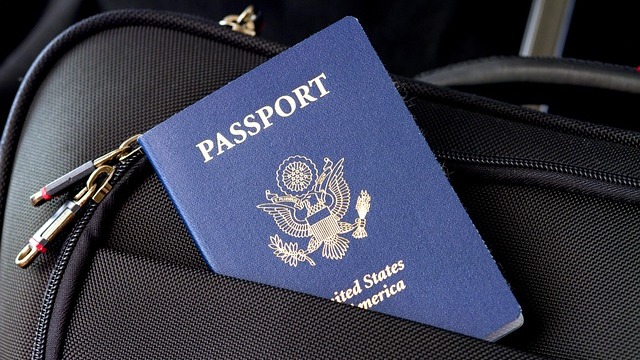
Understanding the H-1B Visa Changes and Their Impact on Talent Mobility
The recent increase in application fees for the H-1B visa program has sent ripples through the talent acquisition landscape, particularly affecting how companies in the U.S. recruit global talent. With the fee now set at a staggering $100,000, companies must navigate new challenges in sourcing skilled workers from abroad. The H-1B visa is widely recognized as a critical pathway for employers to bring in specialized talent, particularly from countries like India and China. The new costs could discourage some employers from pursuing this option, leading to a potential talent drought in sectors heavily reliant on high-skill workers.
The Competition: How Other Economies Are Emerging as Talent Hubs
The fee increase might prompt U.S. companies to rethink their recruitment strategies, but it also opens the door for competing economies. Nations like the U.K., Canada, and several in Asia are gearing up to attract the talent that the U.S. might turn away. According to various experts, this is an unprecedented opportunity for countries prepared to ease their own visa pathways and reduce costs for skilled workers. "It's a golden opportunity for many of these countries to open the door to offshore experts and workers," industry leaders suggest, emphasizing the competitive edge they could gain.
Adaptable Recruiting Strategies in Response to Visa Changes
As the landscape evolves, talent acquisition managers must explore alternative sourcing strategies. Investing in applicant tracking systems that streamline the hiring process can improve the candidate experience and enhance efficiency. Companies are encouraged to lean on remote hiring techniques that tap into a wider pool of talent, regardless of geographical limitations.
Strengthening the Talent Pipeline: Skills-Based Hiring Models
In these uncertain waters, shifting towards skills-based hiring would not only alleviate some pressure but can also enrich the talent pipeline. By focusing on competencies and experience rather than paper qualifications alone, companies can adapt their hiring practices to fit the changing dynamics in the labor market.
A Call for Innovation in Recruiting Practices
With the help of AI in recruiting, organizations can glean deeper insights into candidate potential, refining their approaches to candidate selection. This technological intervention is essential for overcoming obstacles posed by new regulations and ensuring successful talent acquisition.
In conclusion, while the changes to the H-1B visa program present significant challenges, they also confer unique opportunities for innovation in recruitment practices. By embracing flexibility and prioritizing skills over traditional qualifications, businesses can continue to thrive in a dynamic talent landscape.
 Add Row
Add Row  Add
Add 




Write A Comment